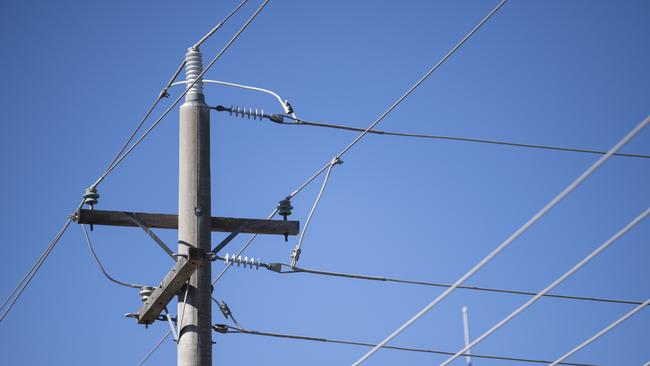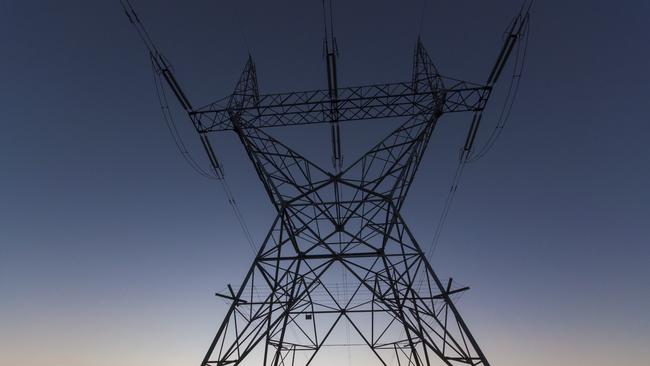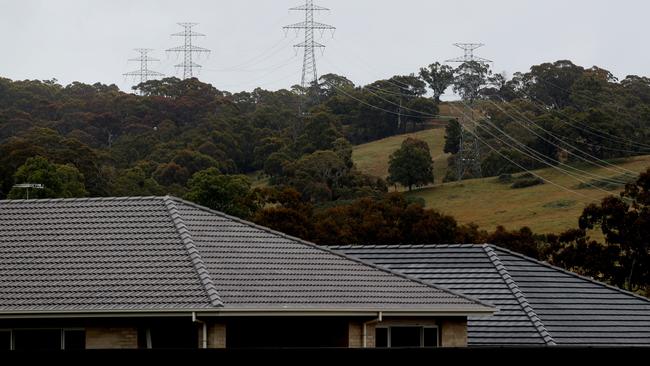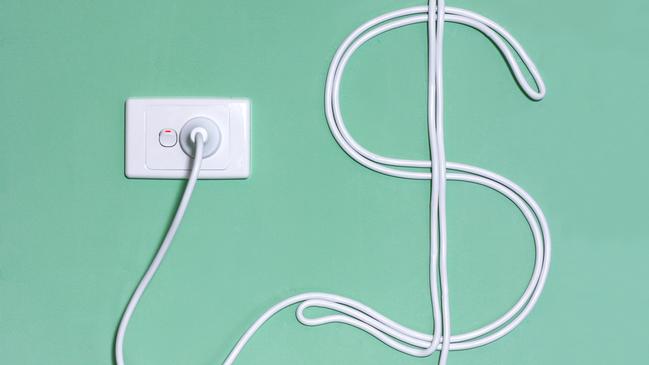AGL, Origin announce looming energy price hikes
Two major energy companies have some bad news for customers, revealing bills will soon skyrocket by hundreds of dollars a year.
Costs
Don't miss out on the headlines from Costs. Followed categories will be added to My News.
Just as consumers felt the cost of living crisis couldn’t get much worse, two major energy retailers have announced news many will find hard to swallow.
As a result of inflation and higher wholesale costs, AGL and Origin Energy have said they will pass on higher prices to customers on variable rate market contracts.
The price increases for homes range from 21 per cent to almost 30 per cent, according to ABC News, and will be in place in New South Wales, South Australia and Queensland from July 1.
They’ll take effect in Victoria one month later.

AGL customers will see the biggest price hikes in South Australia (29.8 per cent) and New South Wales (29.7 per cent), followed by Queensland (26.4 per cent) and Victoria (25.5 per cent).
For those who rely on Origin Energy, Victorians will be hit the hardest with a 25.5 per cent rise, followed by 24.2 per cent in South Australia, 21.6 per cent in Queensland and 21.1 per cent in New South Wales.
The changes will make bills more expensive by between $361 and $565 a year.
In some silver lining for those doing it toughest, both retailers said they would provide support for their most vulnerable customers.

Origin Energy’s general manager of brand and customer experience, Catherine Anderson, told ABC News the company would be “absorbing the price change” for customers in their Power On hardship program.
Meanwhile, AGL said eligible customers on its Staying Connected hardship program will get up to $400 in bill credits over winter to minimise the effect of price rises.
The Origin Energy changes will also impact small businesses, which will see yearly increases of between $590 and $1,133 across the country.
The grim news comes less than three weeks after the Australian Energy Regulator (AER) announced electricity prices would rise by between 20 and 25 per cent for people in NSW, southeast Queensland and South Australia from July 1.

The revised hike was higher than the March draft of a 20 to 22 per cent rise.
Despite the federal government intervention in the energy market and wholesale power prices being lower than they were a year ago, about 600,000 customers on the default offer face the significant price hikes over 2023-24.
Around 9 per cent of customers are on a default market rate, which acts as a safety net or benchmark to ensure users aren’t overcharged.
From July 1, residential customers on the rate will see prices increase of between 19.6 and 24.9 per cent, while small business customers face increases of between 14.7 per cent and 28.9 per cent.

In response to the decision, AER chair Clare Savage said it had been a “difficult decision” but high wholesale energy costs continued to drive up retail prices.
“We know households and small businesses continue to face cost-of-living pressures on many fronts, and that’s why it’s important the default market offer provides a safety net for those who might not have shopped around for a better power deal,” she said.
“In setting the DMO price this year we have sought to protect consumers from unjustifiably high prices, and at the same time allow retailers to offer consumers better deals than their standard plans.
“No one wants to see rising prices, and we recognise this is a difficult time, that’s why it’s important for consumers to shop around for a better deal.”
Originally published as AGL, Origin announce looming energy price hikes




